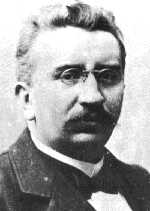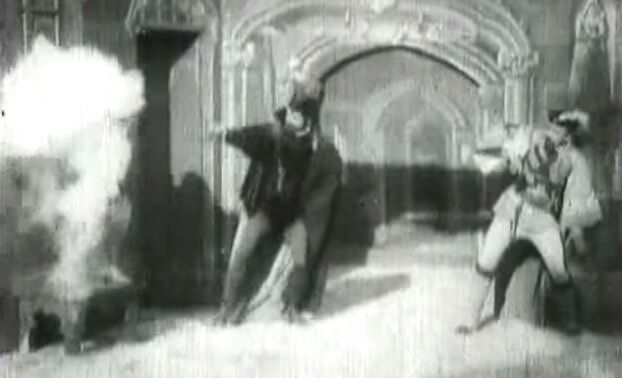
So who wants to hear about the first queer woman sheriff of the pulps?
(Or has everyone bugged out of Twitter to start the gorging process?)
(Or has everyone bugged out of Twitter to start the gorging process?)
Thread Ho!
After 1924 the western pulps fractured & became gendered--western pulps for male readers, western pulps for female readers. There was significant overlap in readership between the two, of course, but the publishers thought that gendered pulps were the way to go. 1/
After 1924 the western pulps fractured & became gendered--western pulps for male readers, western pulps for female readers. There was significant overlap in readership between the two, of course, but the publishers thought that gendered pulps were the way to go. 1/
Eventually, in 1935, the trend toward western pulps for female readers produced ROMANCE (later ROMANTIC) RANGE. Laugh at it if you like, but RR was in the top 3 of the best-selling pulps, and had heavyweights writing for it and a devoted readership of men *and* women.
2/
2/

ROMANCE/ROMANTIC RANGE was also one of the best-paying of the pulps (always important) and was edited by women. Its was a Big Time Pulp, RR, and it was designed for and marketed to women.
3/
3/

And in 1941 it went where no pulp for women had gone before, running the Sheriff Minnie series of stories. The writer was Muriel Newhall (under the name "Muriel Ives"). Newhall was an accomplished professional who wrote hundreds of stories for the pulps.
4/
4/

Newhall was unconventional--she regularly included older female characters in her Western stories, even as the adventuring protagonists, and she even had a metafictional hero in one story. But never anything like Sheriff Minnie.
5/
5/

Our heroine. Middle-aged, broadly built, always wearing the traditional sheriff's outfit, and not just armed but intimately familiar with the proper use of six-guns.
6/
6/

Minnie hates romance and doesn't think much of the young, pretty, defenseless women who were a mainstay of Westerns written by men: "You nincompoops make me sick! You sigh and you cry and you get red noses, but you ain't got the guts to up and get what you want!"
7/
7/
Minnie sometimes feigns sympathy with those women to get them to tell the truth. Once, when accused by one of those women of setting a trap for her, Minnie says, "Shucks...I'm the sheriff, ain't I? Whatcha expect me to do, play mumbletypeg?"
8/
8/
Of course, when those women are accused of wrongdoing, Minnie always proves that the women are innocent. Minnie stops range wars, exonerates women accused of murder, and helps "dance-hall girls."
9/
9/
Minnie is an immodest woman with much to be immodest about: "I'm so damned smart...I ain't got breath left to admire myself."
10/
10/
Of course, the Sheriff Minnie stories did appear in ROMANTIC RANGE during WW2, so there were limits to what author Newhall could get away with. A recurring subplot in the stories are the attempts by Peter Whittlesley to get Minnie to marry him.
11/
11/
Minnie keeps refusing, on the grounds that she loves being sheriff more than she loves Peter. But eventually Minnie agrees to marry him.
(I smell editorial interference, or perhaps interference from the publisher of ROMANTIC RANGE).
However!
12/
(I smell editorial interference, or perhaps interference from the publisher of ROMANTIC RANGE).
However!
12/
Peter begins to pressure Minnie to "be a wife." To quote Victoria Lamont, Peter "seems to think that marriage will magically transform her into his cook and housekeeper."
She ain't having that, and stays sheriff and lives as she likes.
13/
She ain't having that, and stays sheriff and lives as she likes.
13/
Frankly, the entire marriage reads as imposed on Newhall as much as the ending of CRIME AND PUNISHMENT was. Minnie seems to like Peter well enough, but it's always clear that she loves being sheriff, and her own woman, far more.
14/
14/
Marriage isn't the end for Minnie; the stories continue, and she keeps rescuing women to the end, in 1946, when Newhall shifted her efforts to writing for THRILLING LOVE and THRILLING RANCH STORIES, perhaps to get away from Street & Smith's interference with her writing.
15/
15/
Quoting Victoria Lamont again: "Minnie is queer. She behaves as though the categories 'girl' and 'woman' do not apply to her, and in so doing calls their very meaning into question."
16/
16/
"Even within the generic limitations of the romance western, possibilities for gender trouble exist."
17/17
17/17
• • •
Missing some Tweet in this thread? You can try to
force a refresh













